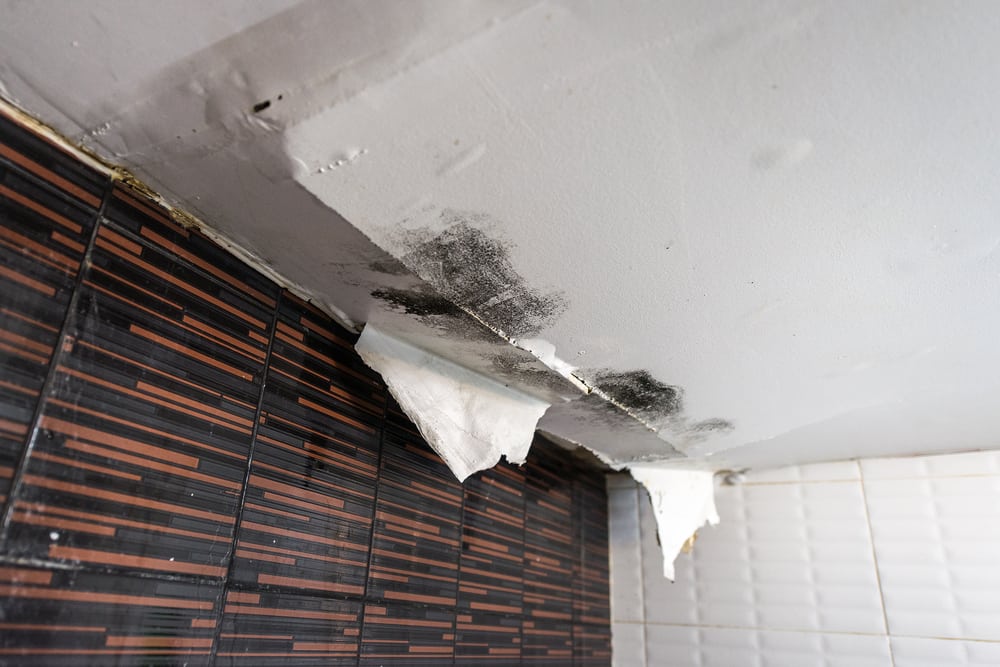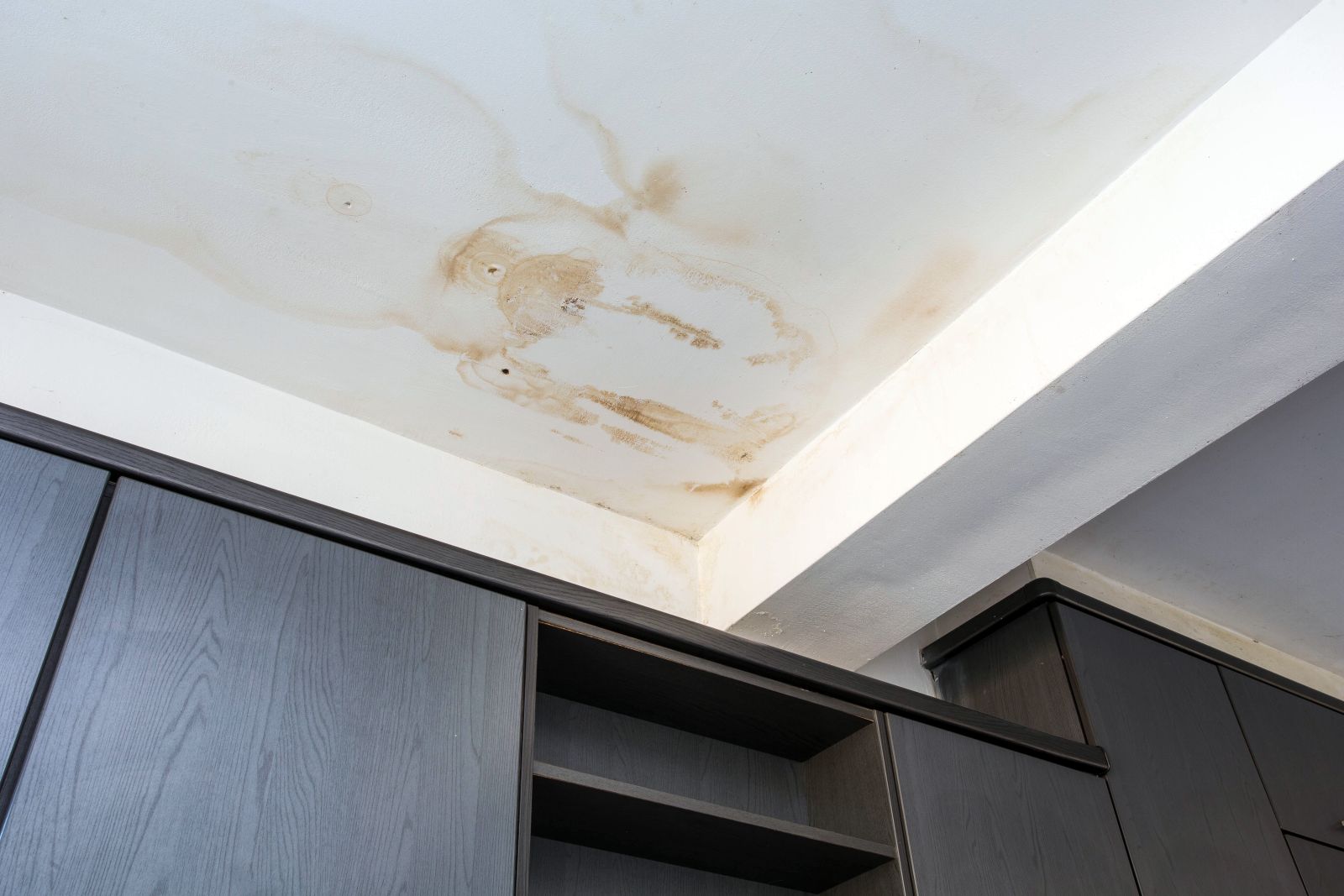What Causes Humidity Destruction in the Bathroom
What Causes Humidity Destruction in the Bathroom
Blog Article
Presented here down the page you can find additional quality information in regards to How to Repair and Prevent Bathroom Water Damage?.

Water damage often occurs in the bathroom as a result of the water used day-to-day. Occasionally, the damages could be a little mold and mildew from the shower. Various other times, it's large damages on your flooring. Whatever it is, it is constantly good to know the reason as well as stop it prior to it occurs.
This guide will experience several of the usual root causes of water damage in the shower room. We will likewise examine what you can do to prevent these reasons from damaging your restroom. Allow's dive in.
5 Usual Root Causes Of Water Damage in Washrooms
These are the typical factors you would certainly have water damage in your restrooms as well as how you can spot them:
Burst or Leaking Pipes
There are several pipes lugging water to various parts of your restroom. Some pipes take water to the commode, the sink, the taps, the shower, and several other areas. They crisscross the little area of the bathroom.
Once in a while, these pipelines can get rustic and ruptured. Various other times, human action can create them to leak. When this happens, you'll find water in the corners of your shower room or on the wall surface.
To find this, watch out for gurgling wall surfaces, mold and mildews, or mildew. Call a professional emergency situation plumbing to repair this when it takes place.
Cracks in your wall surface ceramic tilesv
Washroom wall ceramic tiles have actually been specifically made for that objective. They secure the wall surface from moisture from individuals taking showers. Nevertheless, they are not undestroyable.
Sometimes, your washroom wall ceramic tiles fracture and also allow some moisture to leak right into the wall surface. This might possibly damage the wall surface if you do not take any type of activity. If you notice a split on your wall ceramic tiles, repair it immediately. Do not wait up until it ruins your wall surface.
Overflowing toilets as well as sinks
As humans, in some cases we make blunders that might trigger some water damage in the washroom. For example, leaving your sink tap on might trigger overflowing and also damage to various other parts of the washroom with moisture.
Also, a malfunctioning commode might cause overflowing. For instance, a busted commode deal with or other parts of the tank. When this happens, it might damage the flooring.
As soon as you observe an overruning sink or toilet, call a plumbing technician to assist deal with it promptly.
Roof Leakages
Occasionally, the issue of water damage to the shower room might not originate from the bathroom. For example, a roof leakage might trigger damages to the bathroom ceiling. You can identify the damages done by checking out the water discolorations on the ceiling.
If you find water stains on your ceiling, inspect the roof to see if it's damaged. Then, call a specialist to aid address the issue.
Excess Dampness
It's awesome to have that lengthy shower and splash water while you hem and haw as well as act like you're performing, but in some cases these acts can trigger water damage to your washroom.
Sprinkling water around can cause water to visit corners and also create mold and mildews. See how you spread excess wetness around, as well as when you do it, clean it up to prevent damage.
Final thought
Water damage to your bathroom can be bothersome. However, you can manage it if you stop several of the causes pointed out in this guide. Call a professional emergency situation plumbing technician if you notice any kind of extreme damage.
How to Repair a Water-Damaged Wall in the Bathroom
All you need to know to repair bathroom wall water damage – from identifying the water source to finishing the repair professionally. If you don’t act quickly to resolve a water damage problem, you could find that it develops into a mold issue and/or cause structural damage to your home. Follow this guide to repair your bathroom before it's too late.
All you need to know to repair bathroom wall water damage
Water damage is a common household problem, and one that, if left unrepaired, can quickly lead to structural problems and health issues. The two most likely rooms where water damage may occur is the bathroom and the kitchen – where water is used often and there is high humidity.
What is water damage?
It is easy to think of water damage as caused by a flood or leaking tap or burst water pipe. However, when water damage is assessed, there are three main categories into which water falls (as classified by the American National Standards Institute). These categories are defined as:
Category 1 Water – ‘Clear Water’
This is sanitary water. There is usually no major threat to health by washing with this water, drinking it, or inhaling if it is streaming. Most water that enters your home will be category 1 water, while most water leaving your home will be either category 2 or 3 water. It may also come from melting snow, rainwater and water tanks.
Damage caused by this type of water can usually be repaired or restored, though this doesn’t mean that there are no potential health issues.
Category 2 Water – ‘Grey Water’
This is contaminated water – sometimes considerably so – and will cause illness if consumed or if it comes into contact with your skin. Water damage in this category is often caused by overflows from toilet bowls, and damage to washing machines and dishwashers. While damaged items might still be repaired or restored after damage by grey water, it is more difficult and more expensive to do so.
If the water damage in your home has been caused by grey water, it is advisable to have repairs made by professionals.
Over time, grey water will deteriorate and become black water.
Category 3 Water – ‘Black Water’
Category 3 water, also known as black water, is highly contaminated and a great risk to health. This may contain raw sewage, heavy metals, and other toxic substances. It will smell terrible.
If this is the water that has caused damage in your bathroom, do not touch it. Stop the water flowing if possible, seal the room and call the experts: it really isn’t worth the risk of ill health and disease that could be fatal. It is very unlikely that items can be repaired or restored if they have been damaged by black water.
https://www.porterscleaning.com/blog/how-to-repair-a-water-damaged-wall-in-the-bathroom/

How to Repair a Water-Damaged Wall in the Bathroom
All you need to know to repair bathroom wall water damage – from identifying the water source to finishing the repair professionally. If you don’t act quickly to resolve a water damage problem, you could find that it develops into a mold issue and/or cause structural damage to your home. Follow this guide to repair your bathroom before it's too late.
All you need to know to repair bathroom wall water damage
Water damage is a common household problem, and one that, if left unrepaired, can quickly lead to structural problems and health issues. The two most likely rooms where water damage may occur is the bathroom and the kitchen – where water is used often and there is high humidity.
What is water damage?
It is easy to think of water damage as caused by a flood or leaking tap or burst water pipe. However, when water damage is assessed, there are three main categories into which water falls (as classified by the American National Standards Institute). These categories are defined as:
Category 1 Water – ‘Clear Water’
This is sanitary water. There is usually no major threat to health by washing with this water, drinking it, or inhaling if it is streaming. Most water that enters your home will be category 1 water, while most water leaving your home will be either category 2 or 3 water. It may also come from melting snow, rainwater and water tanks.
Damage caused by this type of water can usually be repaired or restored, though this doesn’t mean that there are no potential health issues.
Category 2 Water – ‘Grey Water’
This is contaminated water – sometimes considerably so – and will cause illness if consumed or if it comes into contact with your skin. Water damage in this category is often caused by overflows from toilet bowls, and damage to washing machines and dishwashers. While damaged items might still be repaired or restored after damage by grey water, it is more difficult and more expensive to do so.
If the water damage in your home has been caused by grey water, it is advisable to have repairs made by professionals.
Over time, grey water will deteriorate and become black water.
Category 3 Water – ‘Black Water’
Category 3 water, also known as black water, is highly contaminated and a great risk to health. This may contain raw sewage, heavy metals, and other toxic substances. It will smell terrible.
If this is the water that has caused damage in your bathroom, do not touch it. Stop the water flowing if possible, seal the room and call the experts: it really isn’t worth the risk of ill health and disease that could be fatal. It is very unlikely that items can be repaired or restored if they have been damaged by black water.
https://www.porterscleaning.com/blog/how-to-repair-a-water-damaged-wall-in-the-bathroom/
We were introduced to that article about How to Repair and Prevent Bathroom Water Damage? from a friend on a different website. Do you know somebody who is enthusiastic about the niche? Do not hesitate to promote it. Bless you for your time. Visit again soon.
Explore Report this page